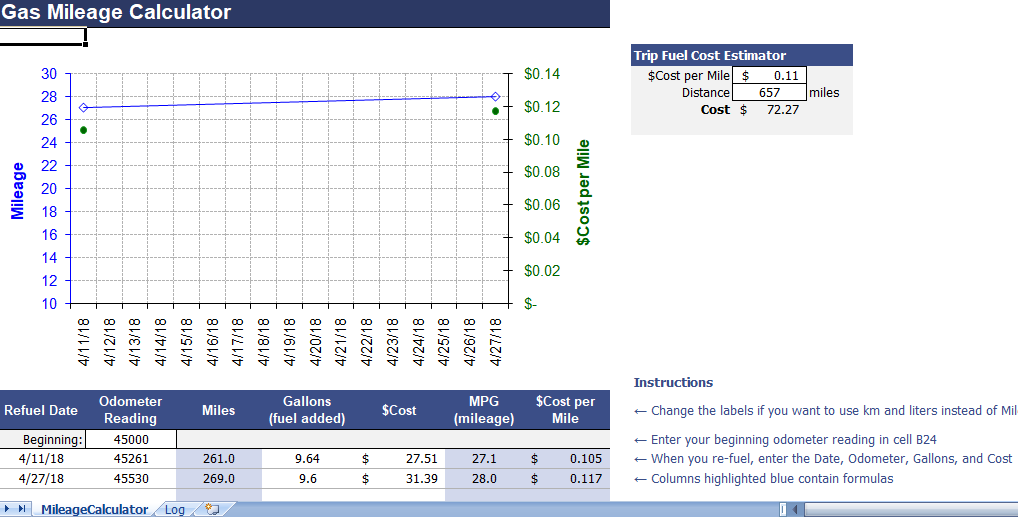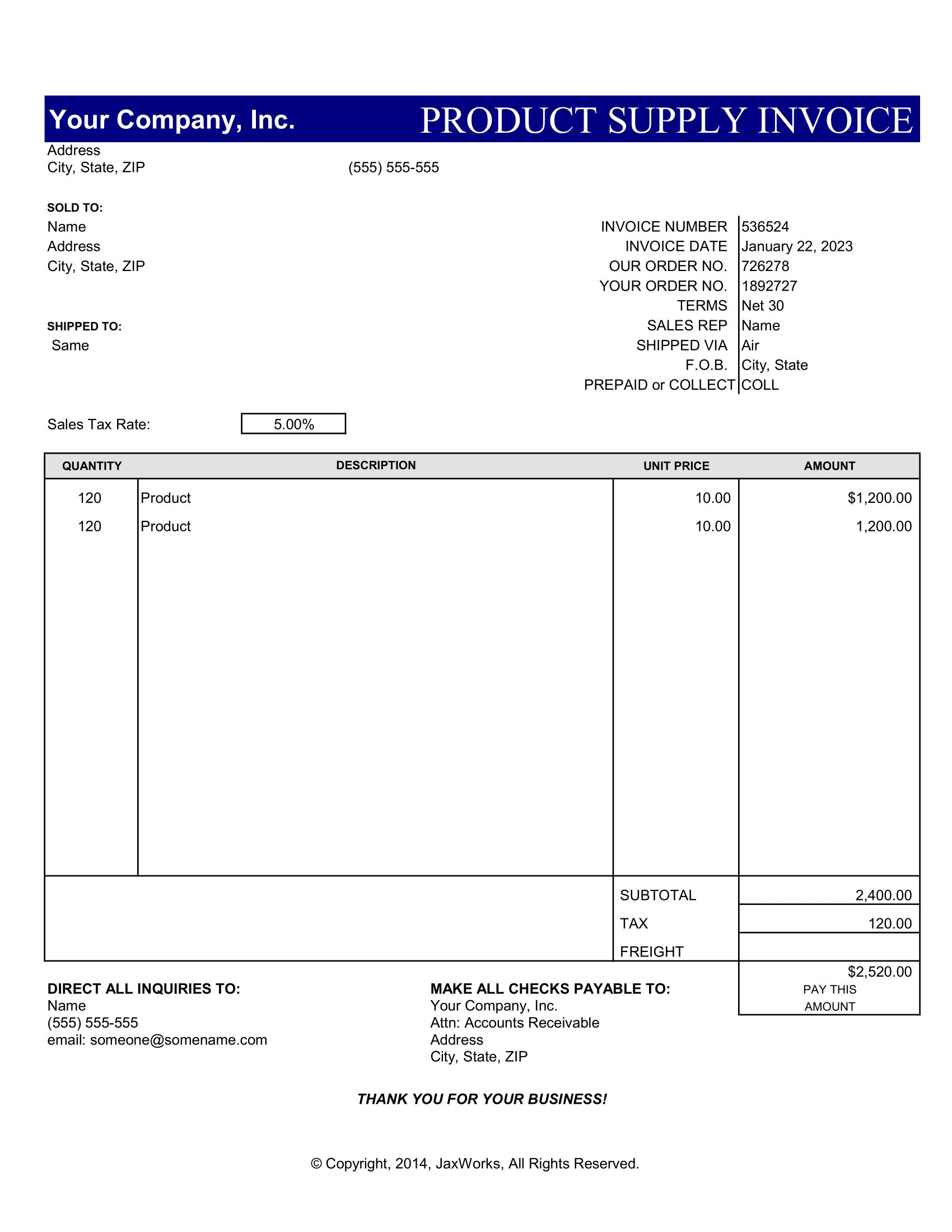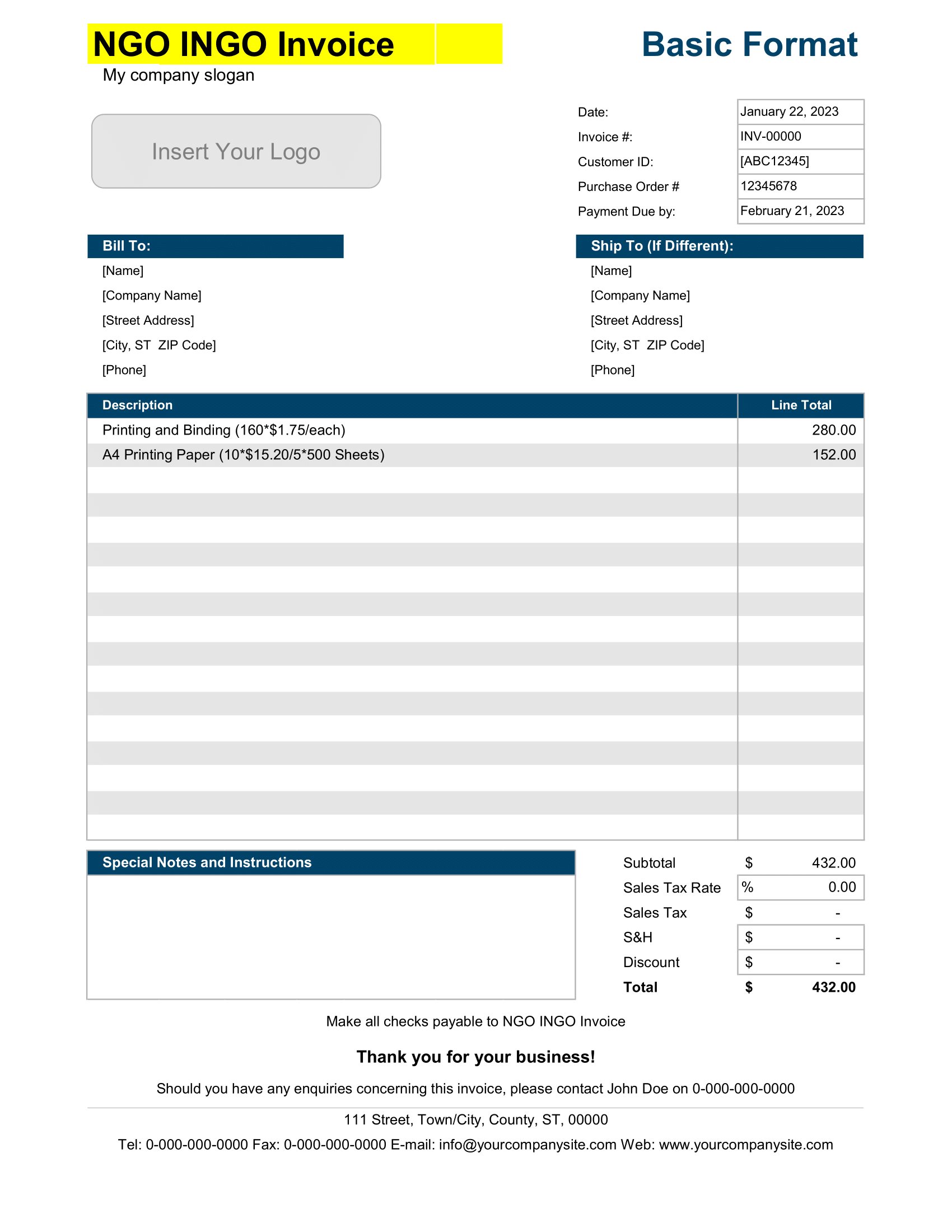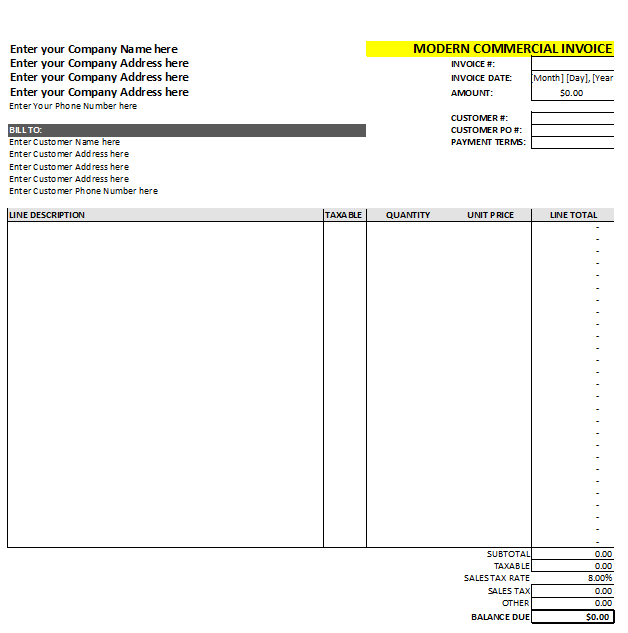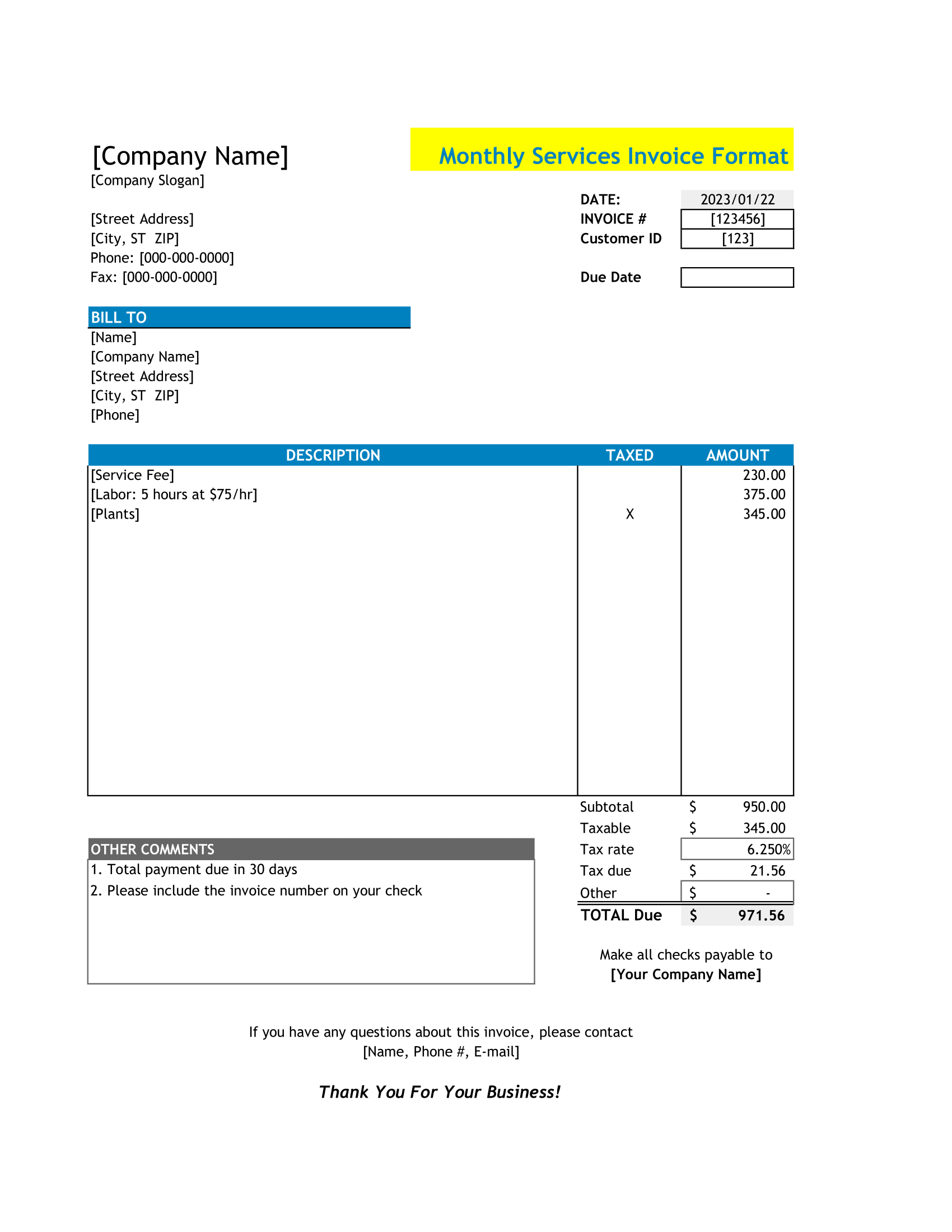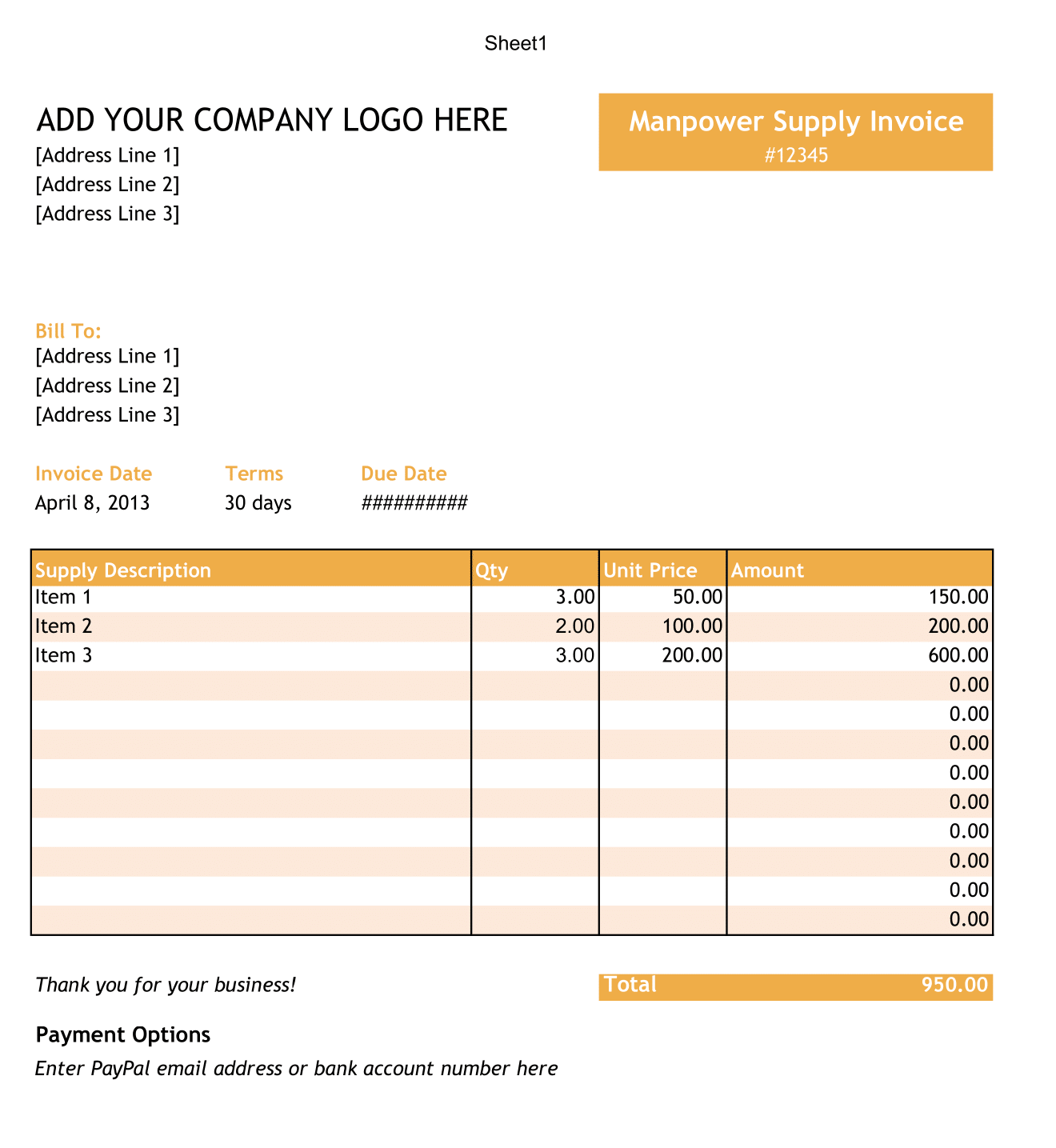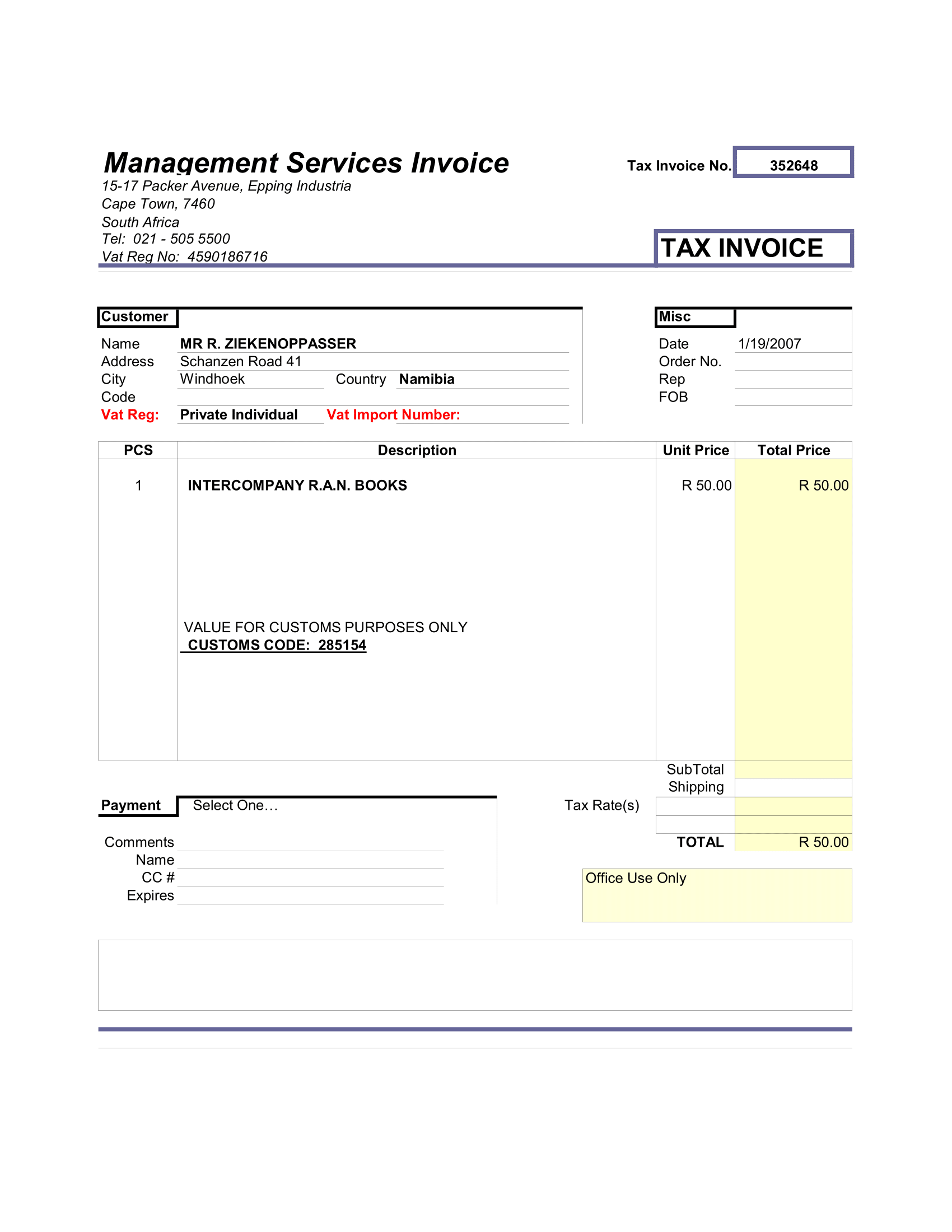Download a printable gas mileage log that you can keep in your car or download our Gas Mileage Calculator for Excel to create a mileage chart so you may know how your car is performing over time, and estimate the $cost per mile. Further, you can use this template for;
- Mpg calculator ( mileage per gallon calculator)
- fuel mileage calculator
- fuel economy calculator
- fuel efficiency calculator
- petrol cost per mile
- trip gas mileage calculator
Gas mileage calculator
Calculate gas mileage and track it over time. Create a mileage chart so you can check your average gas mileage, estimate the cost per mile, print your mileage log, and see if you can increase your mileage.
Distance calculator map
The mileage log calculator works for both miles and kilometers. In addition to tracking your gas mileage, use our new Vehicle Maintenance Log to track your auto repairs.
Mileage distance chart
After a few months, you’ll have enough data to create a mileage chart. This is where the Mileage Calculator spreadsheet comes in handy.
Take a look at the example chart. The blue line is the MPG for my car for the last few months. The green dots are the $Cost per mile. Notice that spike around May? I was doing a test to see If I could improve my mileage by not accelerating so much. It make a big difference, but it was driving me like crazy, so I couldn’t keep it up. My car is supposed to get 25-32 MPG, but it was averaging 26, so I wanted to make sure it wasn’t the car that was the problem.
Another thing you can see in the chart is the cost per mile. About 12 cents on average. This will obviously change with the gas and oil market, but it can be handy to know that value if you are trying to estimate your fuel cost for a long trip or vacation.
Partial Fill-Ups
With the price of gas is increasing, or if you have a very large tank, it is normal to put in a limited amount of gas, rather than completely filling the tank. This might mess up the mileage log, because you won’t know exactly how much gas you used. Normally, you know how much gas you use by completely filling the tank and reading the value off the pump.
If you run this case, then on your print-out you keep in your car, record the Date, the Amount spent, and the Fuel you added. When you record the value in the spreadsheet, you’ll need to add the amounts to the values that you record the next time you fill up. For example, let’s say that on 10/15/08 you spend $20, adding 5 gallons of gas, but not completely filling the tank. Then on 7/30/08 you fill up, adding 8 gallons of gas, costing $32. In the spreadsheet you’d record one entry for 8/30/08, listing the Odometer reading, 5+8=13 Gallons of fuel added, and $20+$32=$52 for the total Cost.
How to Avoid this Scenario: The only way to calculate the mileage is to know how far you can go and how much fuel is used. So if you don’t want to spend a hundred dollars on gas each time you fill up, then fill up more frequently, and don’t let your gas tank get low down. This is also a good practice to prepare for an emergency to avoid getting caught with an empty tank of gas when you need to flee from a fire, hurricane, flood, or an angry relative.

